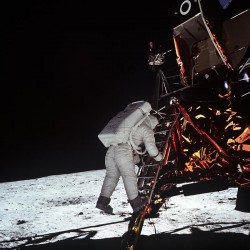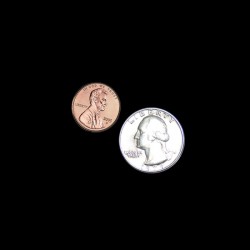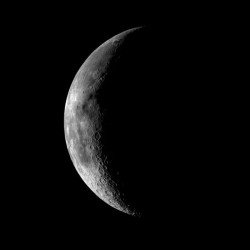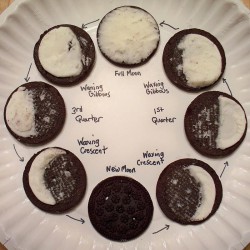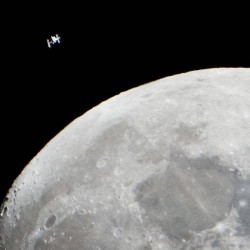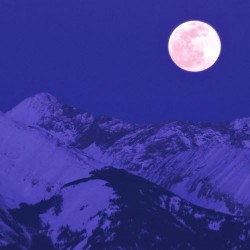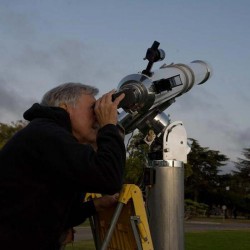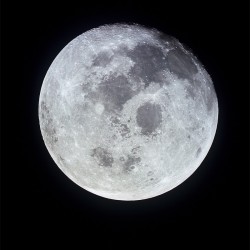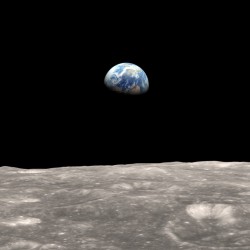Sort
Lunar Science There are 23 items.
Looking for activities based on our Moon? This collection is curated with activities that explore the phases of the Moon, its influence on Earth, and its cultural significance.
-
Moon Mythbusters
2 Review(s)This is an activity about the Moon's influence on Earth. 4358
Check It Out
-
Penny Moon
1 Review(s)This is an activity about the rotation of the Moon. Learners use a penny and a quarter to model that the Moon does indeed spin on its axis as it orbits the Earth. 2283
Check It Out
How-to Video -
Teen Moon: Moon Ooze!
Learners model how the Moon's volcanic period reshaped its earlier features. 0
Check It Out
How-to Video -
Lunar Phases: A Dance under the Sun
Learners use a polystyrene ball, sunlight, and the motions of their bodies to model the Moon's phases outdoors. 0
Check It Out
-
Loony Lunar Phases
5 Review(s)Learners hear a story, song, or (silly or serious) poem that celebrates the Moon's different phases. 39865
Check It Out
How-to Video -
Growing up Moon
Learners will visit a sequence of stations to discover how the dark and light areas and craters we see on the Moon's face today record major events of its lifetime. 0
Check It Out
-
What Do You See in Today’s Moon?
1 Review(s)Learners read or listen to a cultural story describing a shape identified in the Moon's surface features. 1851
Check It Out
Teacher's Guide Provides classroom connections, key concepts, connections to science standards, and additional resources. -
Moon in Action
Learners go outside on a clear evening and view the sky to see the Moon for themselves. 0
Check It Out
-
Moon over My Town
In this activity, community members of all ages are invited to contribute photographs — taken with cell phones, film cameras, or more sophisticated equipment — of the Moon. 0
Check It Out
-
Dance of the Moon and Oceans
This is an activity about the tides. Learners discover how the Moon's gravitational pull causes the level of the ocean to rise and fall twice a day along most coastlines. 0
Check It Out
-
Crater Creations
4 Review(s)This is an activity about impact craters. Learners will experiment to create impact craters and examine the associated features. 19740
Check It Out
How-to Video -
Lunar Surface
1 Review(s)In this activity, learners will make a model of the Moon's surface and to consider the geologic processes and rocks of each area. 3096
Check It Out
Teacher's Guide Provides classroom connections, key concepts, connections to science standards, and additional resources.



